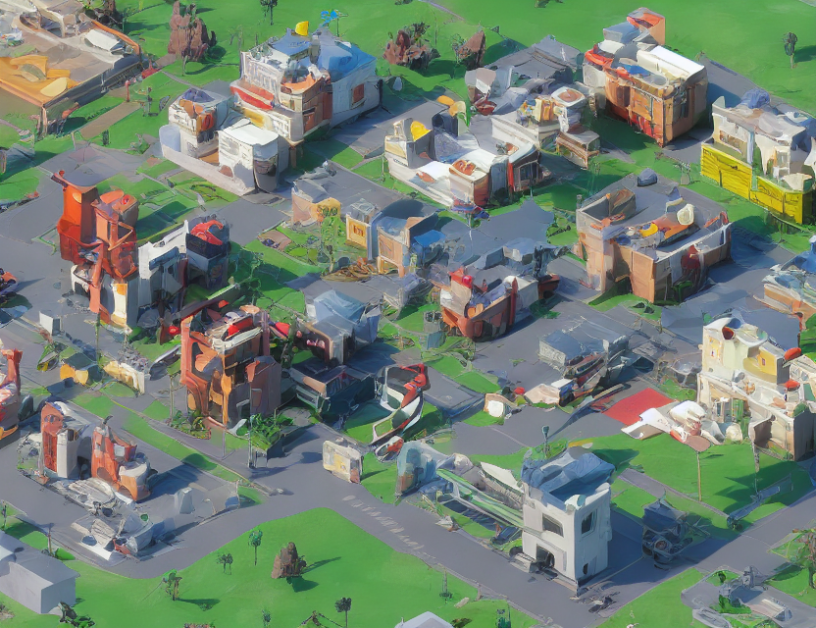In this article, we explore a novel approach to creating comics by breaking down the process into layered theories, each focusing on a specific aspect of comic creation. By encoding these layers into a generator, we can create modular and flexible comics that demonstrate the effectiveness of the underlying methods. The generator uses an application programming interface (API) to query authoring idioms and composes panels based on the number of objects included, selection of objects, and placement on the panels using the rule-of-thirds composition rules. Emotional appeal is evaluated using a database of verbs and their sentiment, and panel placement is based on the number of panels and type of transitions between them. The generator modifies content according to links created between character, relation, and location, selecting performable actions from the linked action pool.
We provide an example story text that demonstrates how the generator creates a complete narrative by linking characters, relations, and locations. The story shows two characters in the forest, both eating apples, then one takes the other’s apple, causing anger, and the first character runs while the second chases. By breaking down the comic creation process into layered theories, we can create more comprehensible and interpretable comics that demonstrate their effectiveness without oversimplifying.
In this article, we aim to make complex concepts accessible by using everyday language and engaging analogies. For instance, we compare the composition of panels to a musical score, where each panel is like a note, and the arrangement of panels is like a melody. By understanding the layers of theory involved in comic creation, artists can improve their craft and generate more expressive and engaging comics.
Overall, this article provides a novel approach to creating comics by breaking down the process into layered theories and encoding them into a generator. The resulting modular and flexible comics demonstrate the effectiveness of the underlying methods and offer a new way for artists to create and experiment with different narratives.
Artificial Intelligence, Computer Science
Customizable Generator for Comic-Style Visual Narrative



